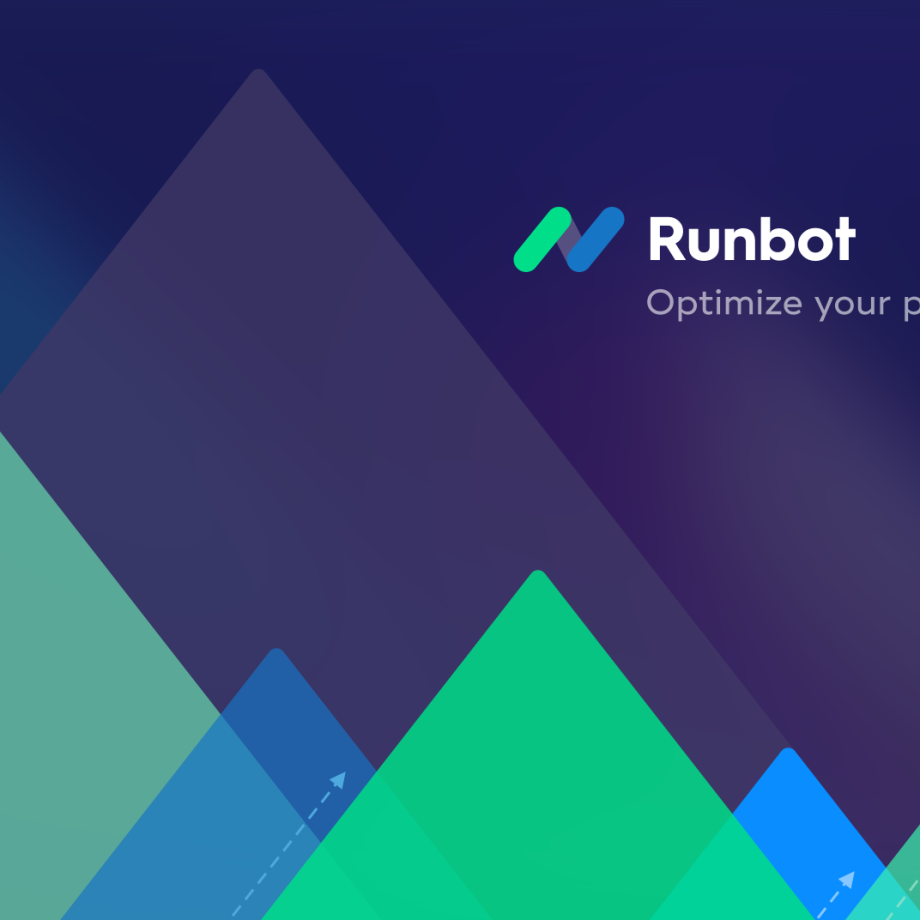Introduction
Trading robots are an increasingly popular tool for traders looking to maximize their profits.
An efficiant trading bot can :
- analyze market conditions
- execute trades
- manage risk more efficiently than humans
Making them an attractive option for both novice and experienced traders. However, for trading robots to be effective, it is essential to accurately calculate liquidity, slippage, and order size.
Liquidity
Liquidity refers to the ability of an asset to be bought or sold without significantly affecting its price. In other words, it measures how easily an asset can be converted into cash.
Liquidity is important for traders because it affects the speed at which they can enter and exit trades.
If an asset has low liquidity, it may be difficult to find a buyer or seller, which can lead to delays and potentially missed trading opportunities.
When calculating liquidity, traders should consider both the liquidity of the specific asset they are trading and the liquidity of the exchange on which they are trading.
It is also important to keep in mind that liquidity can vary over time and may be affected by market conditions such as the time of day, major news events, and changes in investor sentiment.
Runbot use various metrics to measure liquidity, such as the bid-ask spread, volume, and the amount of open orders on the exchange.
Slippage
Slippage refers to the difference between the expected price of a trade and the actual price at which the trade is executed.
It can occur when there is a lack of liquidity in the market or when the market is moving quickly.
Slippage can be costly for traders, as it can result in unexpected losses.
To calculate the potential risk, Runbot consider ;
- the volatility of the asset
- the size of the order
- the liquidity of the exchange
Our backtest engine also use historical data to estimate it.
Orders size
Order size, also known as trade size, refers to the number of units of an asset that are being bought or sold in a single trade. The size of an order can impact the price at which it is filled, as well as the level of liquidity in the market.
For example, a large order may be difficult to fill at the desired price, resulting in slippage.
On the other hand, a small order may not be filled at all if there is not enough liquidity in the market.
Runbot helps you to determine the optimal order size based on factors such as the liquidity of the asset available on the orderbook at the execution time, and the trader’s risk tolerance.
Calculating liquidity, slippage, and order size is important for trading robots because it allows them to make informed decisions about when and how to execute trades.
By taking these factors into account, Runbot can minimize risk and maximize profits.
In addition, accurately calculating these variables can help traders stay within their risk tolerance and achieve their investment goals.
In conclusion, calculating liquidity, slippage, and order size is crucial for effective trading on cryptocurrency markets. By using these metrics, traders can optimize their performance with Runbot.io.
You can try our free demo version now at Runbot.io.
Joins us:





